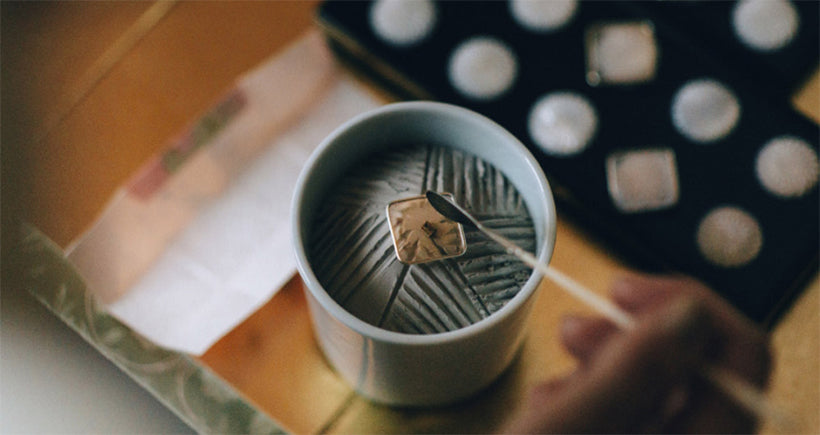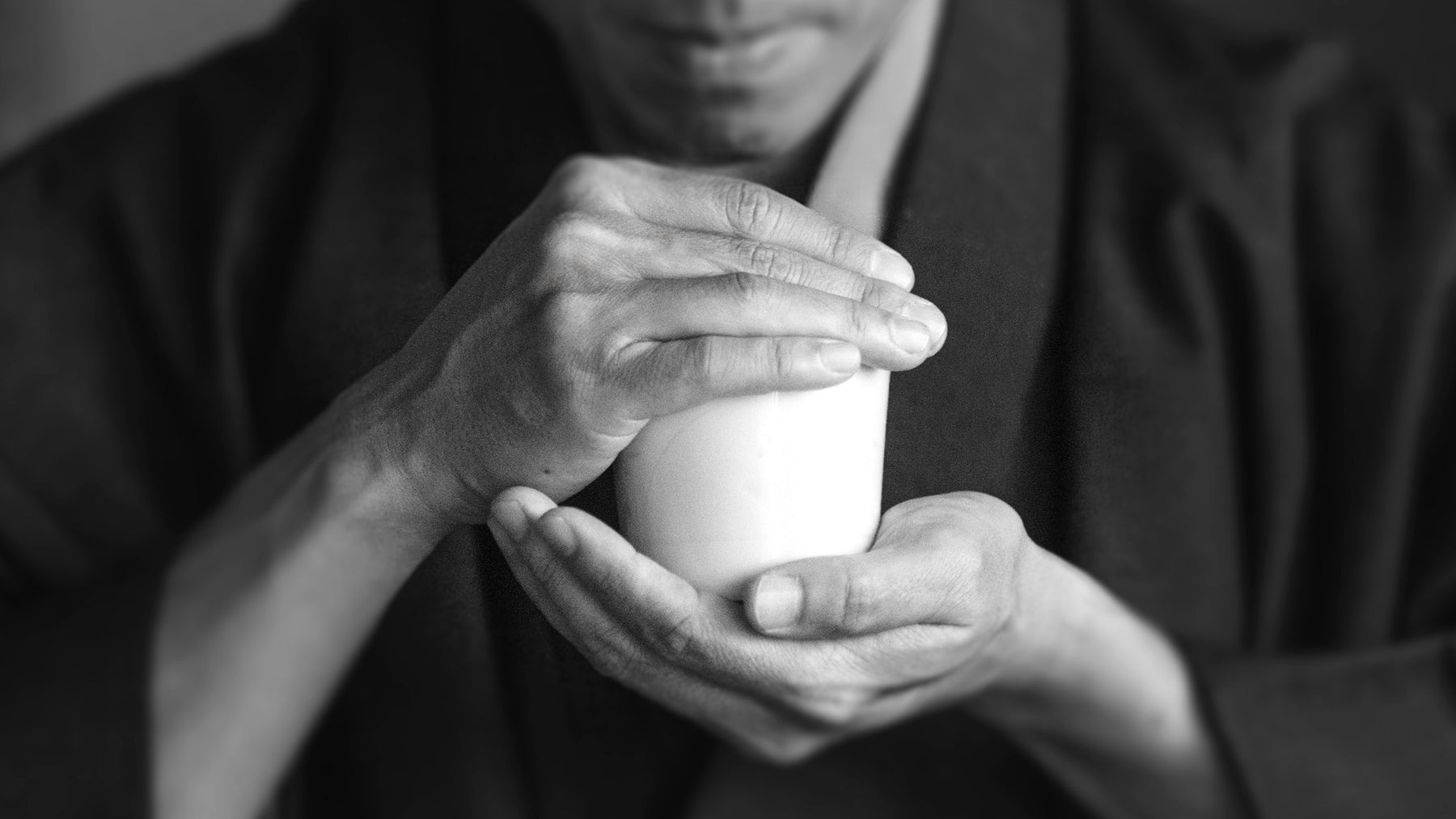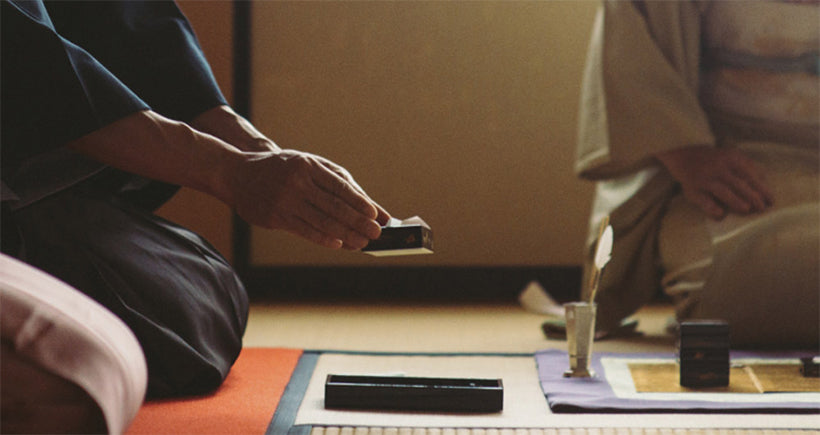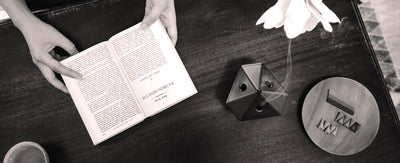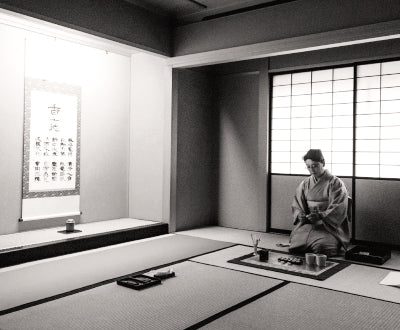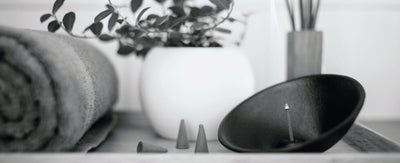Incense Ceremony Tools - 7 pc set
Our elegant ceremony set
includes a charcoal tweezer, ash press, metal tongs, feather, metal chopsticks,
incense scoop, and uguisu (pointy metal stick used to create patterns in the
ash).
- How to use -
For those wanting the ultimate user experience: please use this product with the incense burner. You also will need Tadon Charcoal, Pale Blue Incense Burner, Mica Plate, Extra Fine Ash, and Wood Chips.














